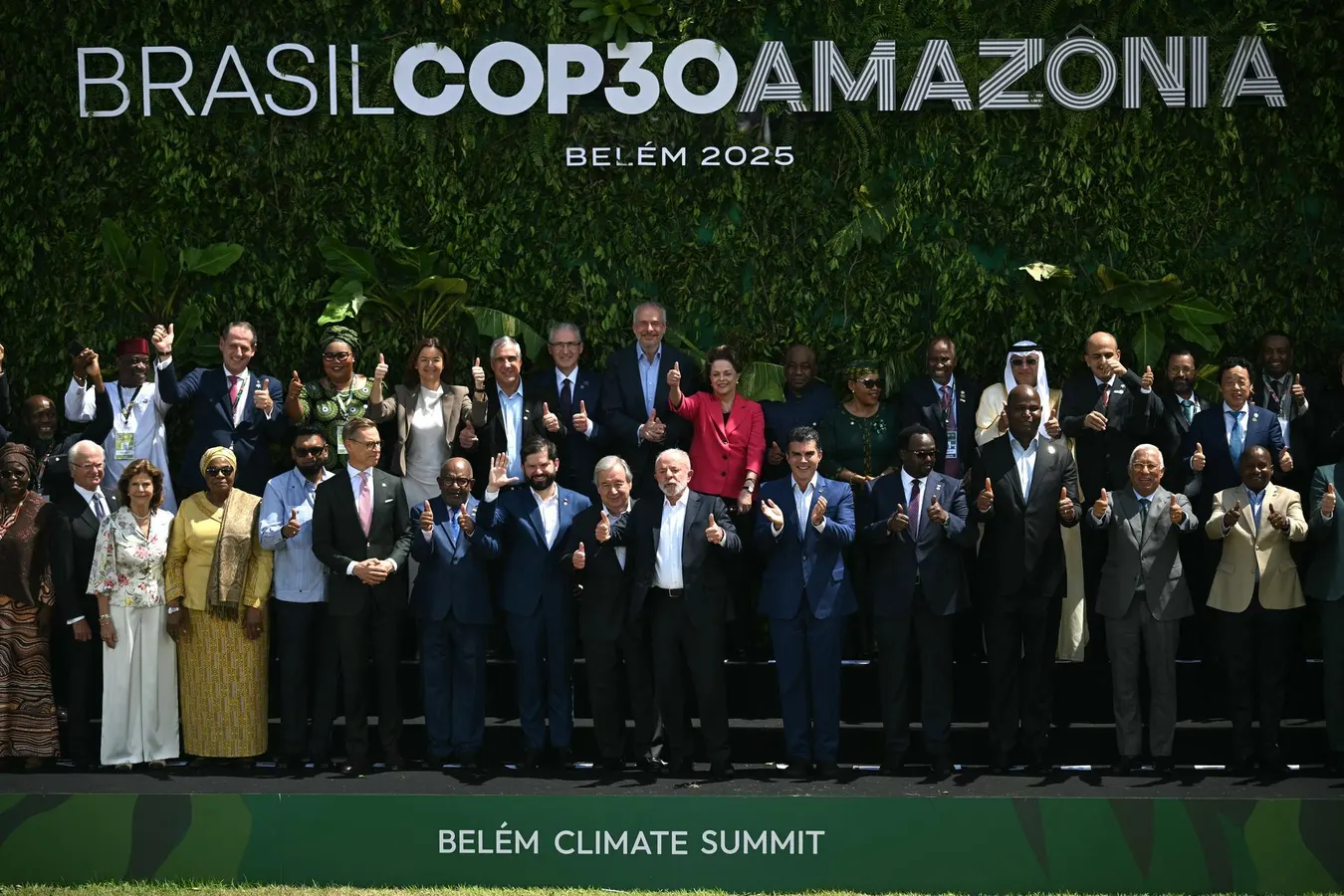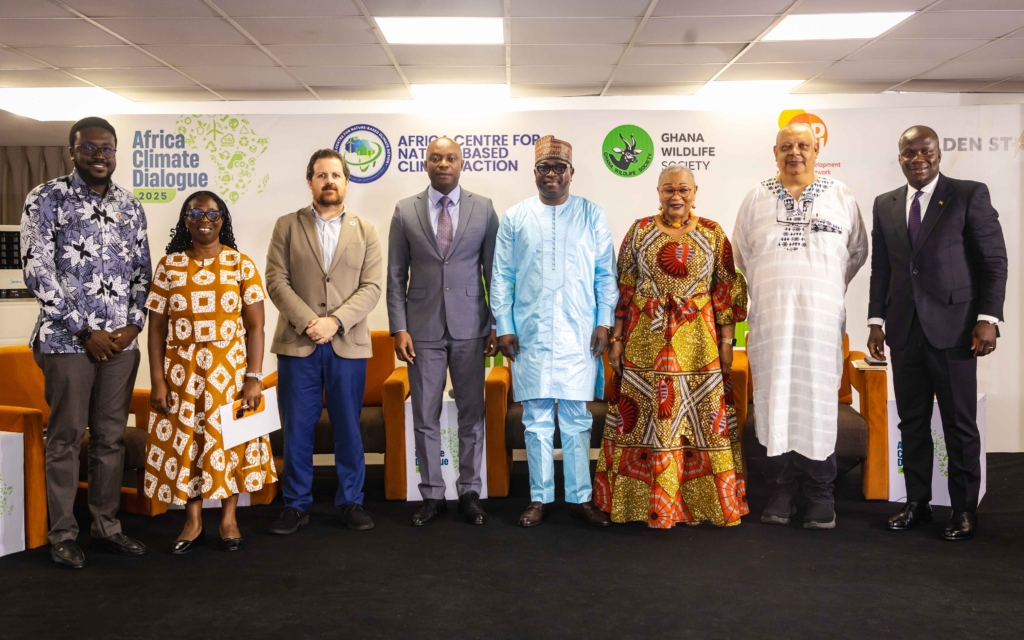Copyright Forbes

As the COP30 climate summit convenes in Belém, Brazil, the world marks the tenth anniversary of the Paris Agreement. The numbers reveal a stark reality: despite global commitments, fossil-fuel emissions have continued to rise. In an era when each day counts, this summit must shift from promise to action. A Decade After The Paris Agreement, Promises Meet the Data When leaders from nearly 200 nations assemble in Belém for COP30, they will be discussing hopes for the future but also a decade of uneven progress. The Paris Agreement was adopted in 2015 and entered into force in 2016. At the time, it set a clear goal: limit warming to “well below 2°C” above pre-industrial levels, and pursue efforts to keep it to 1.5 °C. The latest assessments make clear that targets and reality have drifted far apart. According to the United Nations Environment Programme (UNEP) Emissions Gap Report 2025, current policies and pledges still put the planet on a trajectory of 2.3-2.5 °C of warming. That is only marginally better than last year’s estimate of 2.6-2.8 °C. In the words of UNEP’s Executive Director, Inger Andersen: “Nations have had three attempts to deliver promises made under the Paris Agreement, and each time they have landed off target.” The stakes are real and immediate. The World Meteorological Organization (WMO) reported that the first eight months of 2025 were significantly higher than pre-industrial levels, and that the eleven warmest years on record will have happened between 2015 and 2025. Meanwhile, in the U.S. alone, 14 separate billion-dollar weather or climate disasters struck in the first half of 2025, costing more than $100 billion. These figures underscore that what was once abstract has become concrete, emissions continue to shape lives and livelihoods. The Amazon Hosts a Mixes Pledges With A Dire COP30 Reality On Climate Even though there’s increasing proof that fossil-fuel pollution is damaging the planet, emissions are still going up. The Emissions Gap Report states that if countries uphold their current commitments, it would only modestly slow global warming. Even if all existing policies are fully carried out, the world would still face dangerous levels of warming. At COP30, a sense of urgency is mixed in with an unclear agenda and opaque promises. One of the key tensions at Belém is whether overriding political and economic interests will give way to concrete divestment from fossil fuels and a faster shift to low-carbon investment. COP30 President André Corrêa do Lago said to Reuters: “My preference is not to need a COP decision,” adding, “If countries have an overwhelming desire for a COP decision, we will certainly think about it and deal with it. That phrasing signals a cautious start: the preference appears to be incremental steps, not sweeping commitments, even as emissions remain far above what is required. MORE FOR YOU We find ourselves in a paradox where ambition exists, but many of the pledges are not transforming into action quickly enough. The Paris framework envisioned successive five-year cycles of stronger commitments. Yet the latest cycle shows only modest improvements. The 2025 gap report indicates that the world remains far from the 1.5 °C pathway. It also warns that without rapid and deep transformation in fossil-fuel use, the overshoot becomes harder to reverse. From Negotiations to Implementation — How Could A Shift Become COP30 Reality? From a policy-maker’s vantage point, the signal to the market, to regulators, and to civil society is clear: incrementalism will not suffice. Research and feedback from prior COP meetings suggest three imperatives ought to stand out: Raise ambition and align it with 1.5 °C pathways. Nationally determined contributions (NDCs) remain too weak. Only under significantly higher ambition can the gap between promises and projections be closed. Accelerate execution of existing commitments. It is not just about new pledges but turning current ones into practice, but also closing the lag between pledge and outcome. Enable enabling conditions — finance, technology, and transition support. The shift away from fossil fuels will require both capital and political will. The WMO alert that "each year above 1.5 °C" will hammer economies, deepen inequalities and inflict irreversible damage” reinforces this. The host setting of Belém, in the Amazon region of Brazil, provides a meaningful backdrop. The region is symbolically central to the global climate debate: forests, biodiversity, and Indigenous communities all have heightened relevance in this location. Indigenous delegates, attending from across South America, emphasized their position of suffering the greatest impacts of climate change and demanding more action than discussion. Their presence underscores a COP30 reality check that beyond temperature curves and economic models, real peoples and communities are already facing climate impacts.



